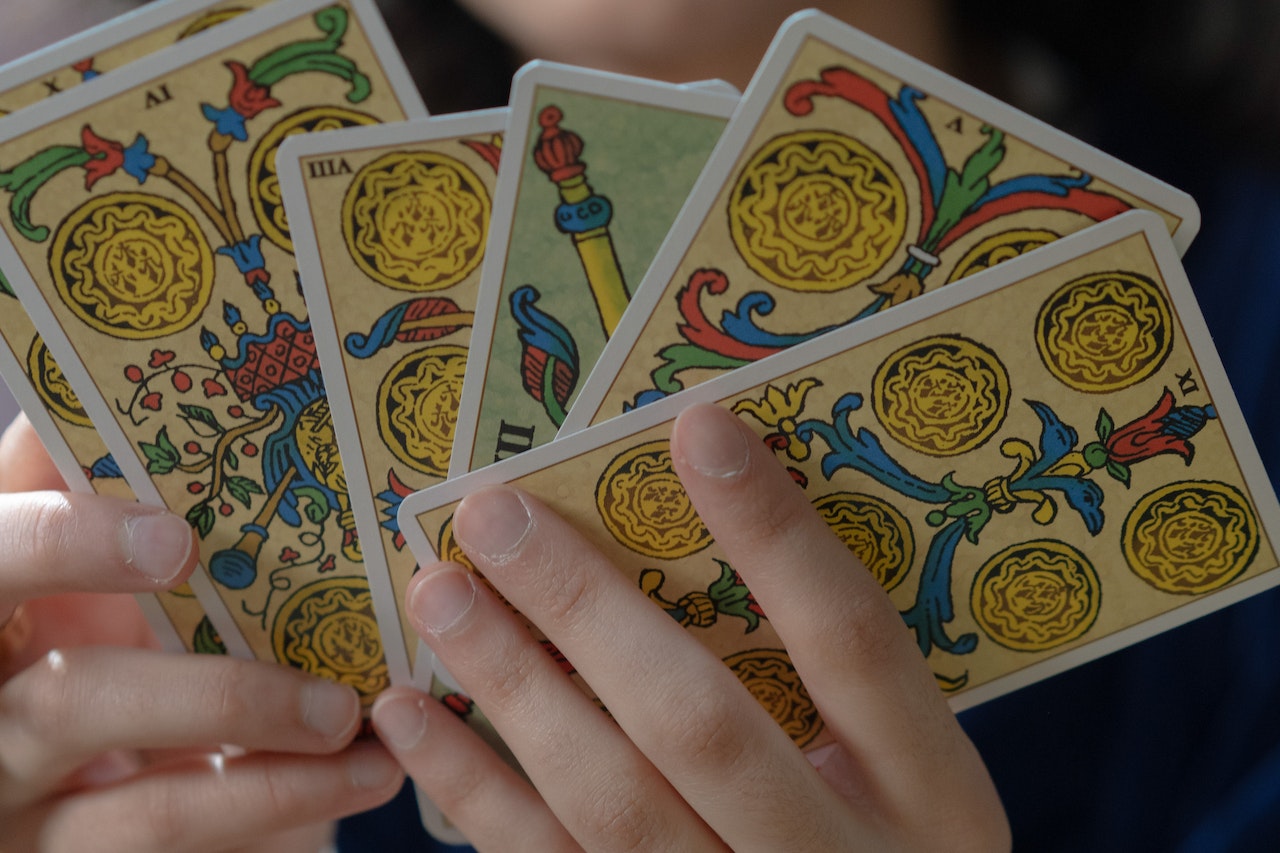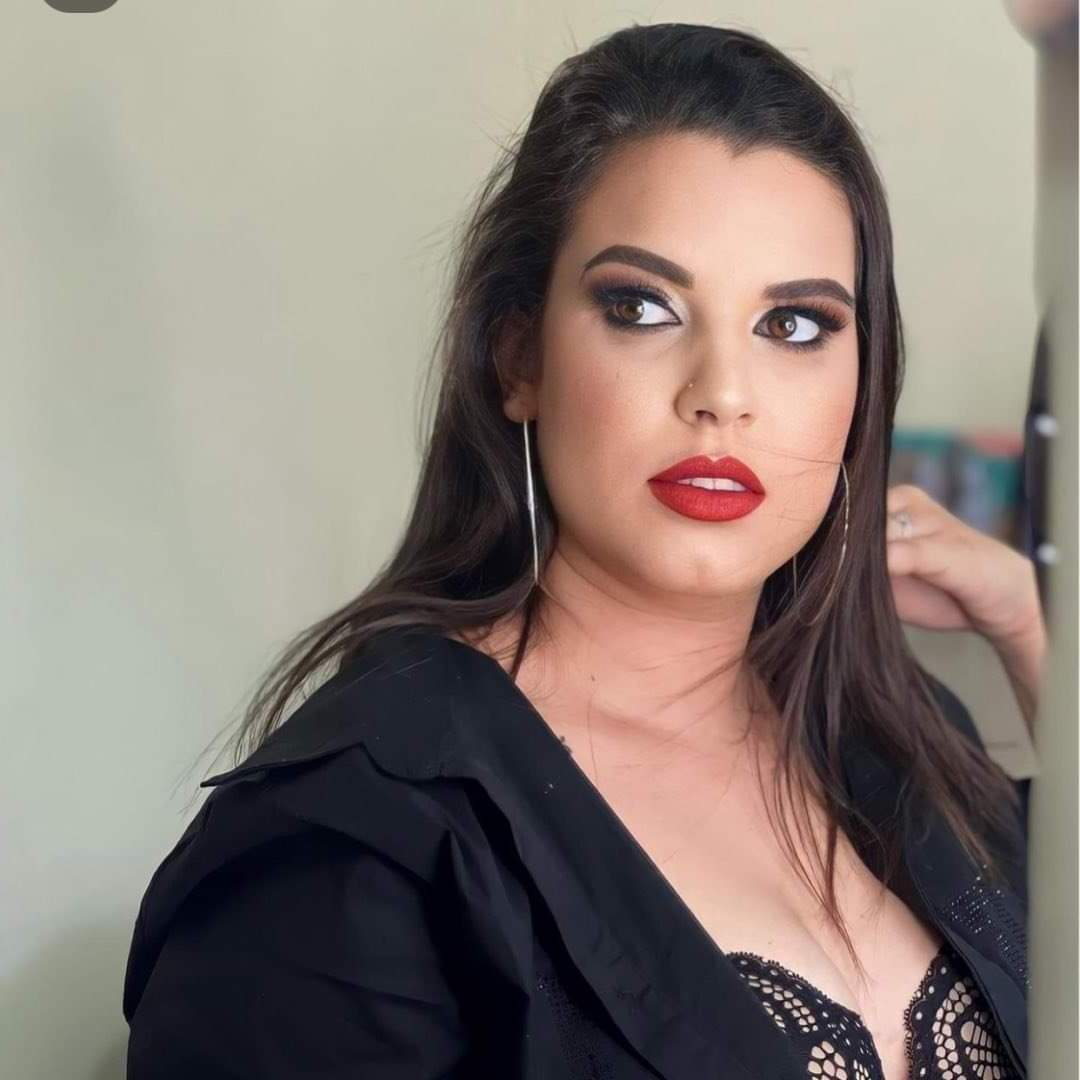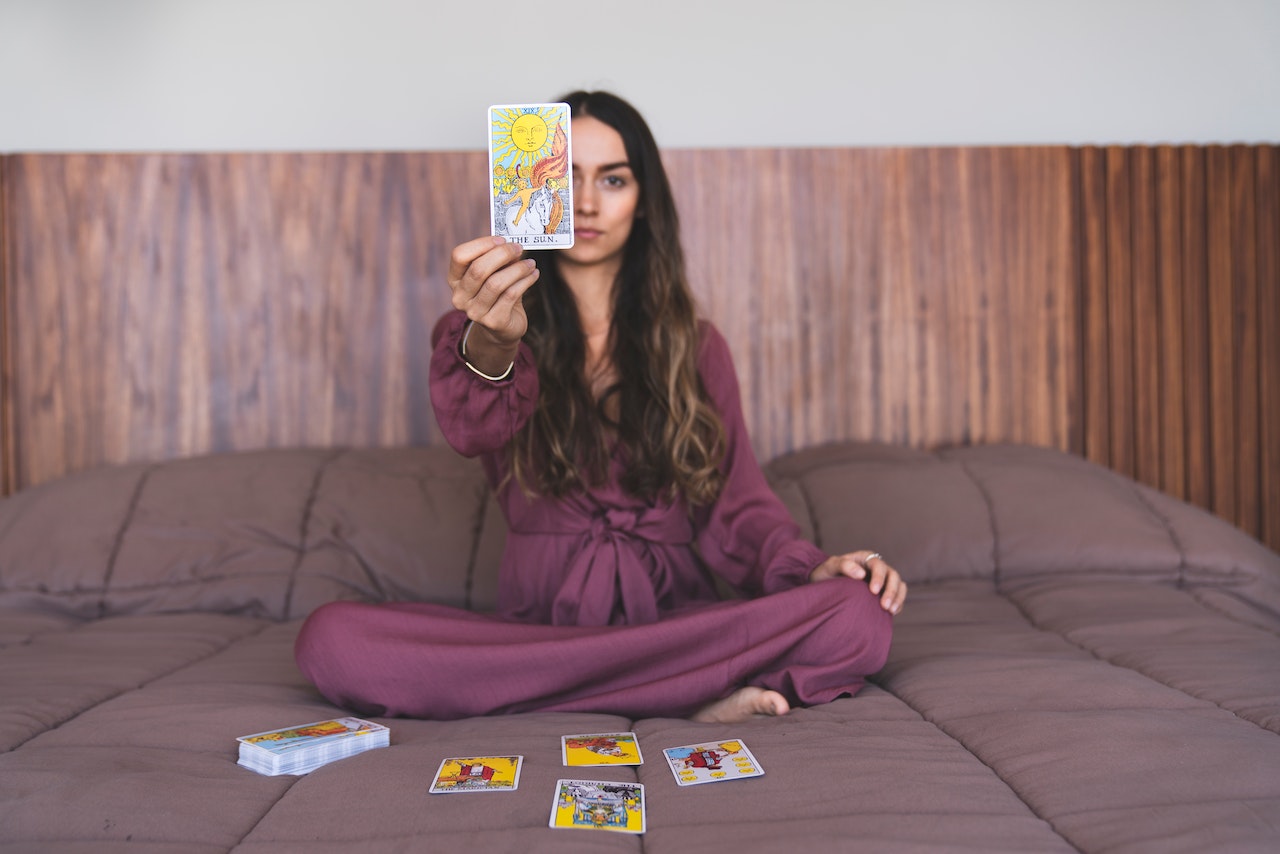How To Read Tarot Cards For Yourself And Others - Unlocking The Mysteries
The question of how to read tarot cards for yourself and others is asked frequently so we will discuss it in the following paragraph. Tarot cards are a powerful tool for self-discovery and divination.
Author:Kelly HayesReviewer:Aurora SmithMar 07, 20233 Shares186 Views

The question of how to read tarot cards for yourself and othersis asked frequently so we will discuss it in the following paragraph.
Tarot cardsare a powerful tool for self-discovery and divination. Whether you're looking to gain insight into your own life or provide guidance to others, learning how to read tarotcards can be an incredibly rewarding experience.
Tarot Cards For Beginners
Tarot cards are a powerful tool for divination and self-discovery. For those new to the art of tarot reading, the sheer number of cards and the complexity of their interpretations can be overwhelming.
However, with a bit of patience and practice, anyone can learn how to read tarot cards for themselves and others. Before diving into the specifics of tarot cardreading, it's important to understand the history and symbolism behind the cards.
The origins of tarot cards are somewhat murky, with various theories suggesting that they were first used for playing games, divination, or both.
What is clear, however, is that tarot cards have been used for divination since at least the 18th century, and their symbolism has been refined and expanded upon over the years.
The standard tarot deck consists of 78 cards, divided into two main groups the Major Arcana and the Minor Arcana. The Major Arcana consists of 22 cards, each depicting a specific archetypal figure or concept, such as The Fool, The Magician, and The Lovers.
The Minor Arcana consists of 56 cards, divided into four suits Wands, Cups, Swords, and Pentacles (or Coins). Each suit consists of 14 cards, numbered Ace through 10, plus four court cards Page, Knight, Queen, and King.
When reading tarot cards, it's important to first understand the basic meanings of each card. This can be done by studying a guidebook or by simply spending time meditating on each card and allowing your intuition to guide you.
Once you have a basic understanding of each card's meaning, you can begin to explore the nuances and subtleties of each card and how they interact with each other in a spread.
There are countless spreads (or layouts) that can be used in tarot card reading, each designed to address a specific question or situation. Some popular spreads include the Celtic Cross, the Three-Card Spread, and the Horseshoe Spread.
When selecting a spread, it's important to consider the nature of the question or issue at hand, as well as the level of complexity you feel comfortable working with.
When interpreting a spread, it's important to approach the cards with an open mind and a willingness to explore all possible meanings.
Each card can have multiple interpretations, depending on its position in the spread and the other cards surrounding it. It's also important to pay attention to your intuition and any impressions or insights that come to you during the reading.
Tarot Cards Meaning - Lists With Pictures
Tarot cards are a powerful tool for self-discovery and divination, and understanding their meanings can be key to unlocking their full potential. While there are countless interpretations of each card, there are some basic meanings that are widely accepted across different tarot traditions.
The Major Arcana consists of 22 cards, each depicting a specific archetypal figure or concept. These cards represent major life events and themes, and their meanings are often more complex and multi-layered than those of the Minor Arcana.
The Fool
The Fool represents new beginnings, spontaneity, and the willingness to take risks. He is often depicted as a young man setting out on a journey, with a small dog nipping at his heels.
The Magician
The Magician represents manifestation, willpower, and the ability to bring one's desires into reality. He is often depicted holding a wand and pointing to the sky and the ground, symbolizing his ability to bridge the spiritual and material realms.
The High Priestess
The High Priestess represents intuition, mystery, and the power of the unconscious mind. She is often depicted sitting between two pillars, with a scroll in her lap and a veil over her face.
The Empress
The Empress represents abundance, nurturing, and the feminine principle. She is often depicted seated on a throne surrounded by nature, with a crown of stars on her head and a scepter in her hand.
The Emperor
The Emperor represents authority, stability, and the masculine principle. He is often depicted seated on a throne with a scepter in his hand and a suit of armor on his body.
The Hierophant
The Hierophant represents tradition, conformity, and the power of institutions. He is often depicted in religious robes, holding a staff and a book.
The Lovers
The Lovers represent choice, partnership, and the balance of opposing forces. They are often depicted standing beneath a tree with a serpent wrapped around it, symbolizing the choice between good and evil.
The Chariot
The Chariot represents victory, willpower, and the ability to overcome obstacles. It is often depicted as a chariot pulled by two horses, one white and one black, symbolizing the need to balance opposing forces.
Strength
Strength represents inner strength, courage, and the ability to overcome fear. It is often depicted as a woman taming a lion or a serpent, symbolizing the need to conquer one's inner demons.
The Hermit
The Hermit represents solitude, introspection, and the search for meaning. He is often depicted holding a lantern, symbolizing the search for inner truth.
The Wheel Of Fortune
The Wheel of Fortune represents change, destiny, and the cyclical nature of life. It is often depicted as a wheel with symbols of the four elements and the zodiac, symbolizing the interconnectedness of all things.
Justice
Justice represents balance, fairness, and the rule of law. It is often depicted as a woman holding a sword and scales, symbolizing the need to weigh one's actions carefully.
The Hanged Man
The Hanged Man represents surrender, sacrifice, and the ability to see things from a new perspective. He has often depicted hanging upside down from a tree, symbolizing the need to let go of old ways of thinking.
Death
Death represents transformation, endings, and the inevitability of change. It is often depicted as a skeleton holding a scythe, symbolizing the power of death to cut away that which no longer serves us.
Temperance
Temperance represents balance, moderation, and the integration of opposing forces. It is often depicted as an

How to read Tarot on yourself! Quick and easy!
How To Read Tarot Cards For Yourself And Others - In Detail
Tarot cards are a powerful tool for self-discovery and divination, but many people are intimidated by the prospect of learning how to read them. However, with a little practice and guidance, anyone can learn to read tarot cards for themselves and others..
Preparing Yourself And Your Space
Before you begin a tarot reading, it's important to create a sacred space and set your intentions.
This can be as simple as lighting a candle and saying a prayer or mantra, or as elaborate as a full ritual with incense, crystals, and other tools. Whatever you choose to do, make sure you are centered and focused before you begin.
It's also important to cleanse your space and your cards before each reading. You can do this by smudging with sage or palo santo, or simply by shuffling your cards and focusing your intention on clearing any negative or stagnant energy.
Choosing And Interpreting Cards
When you're ready to begin your reading, start by choosing a deck that resonates with you. There are many different decks available, each with its unique imagery and symbolism. You may want to choose a deck based on your interests or spiritual beliefs, or simply on what feels good to you.
Once you've chosen your deck, shuffle the cards and focus on your question or intention. As you shuffle, you may want to ask for guidance from your higher self or a particular deity or spirit guide.
When you're ready to draw your cards, spread them out face down and choose the number of cards you need for your chosen spread.
There are many different spreads to choose from, depending on the type of question you have and the level of detail you want to explore. Some common spreads include the three-card spread, the Celtic cross spread, and the past-present-future spread.
As you lay out your cards, pay attention to the imagery and symbolism on each card, as well as the position it holds in the spread. Each card has its unique meaning, but the meaning can be influenced by the other cards in the spread and the position it occupies.
Using Spreads
Spreads are a powerful tool for gaining insight into specific situations or questions. There are many different spreads to choose from, each with its unique focus and layout. Some common spreads include.
- This spread is useful for gaining insight into a specific situation or decision. The first card represents the past, the second card represents the present, and the third card represents the future.
- This is one of the most common spreads used in tarot readings. It consists of ten cards, each representing a different aspect of the situation or question at hand.
- This spread is similar to the three-card spread, but with a more detailed focus on the past, present, and future aspects of the situation.
Tarot Cards In Islam
Tarot cards are often associated with mysticism and divination, and many people wonder whether they have any place in Islam.
The use of tarot cards and other forms of divination is a controversial topic within the Muslim community, with some believing that it is permissible and others believing that it is haram (forbidden).
The Islamic View On Divination
In Islam, the practice of divination is generally discouraged, as it is believed to be a form of fortune-telling and therefore a violation of the concept of qadar (predestination).
Muslims are encouraged to rely on Allah and His divine guidance, rather than seeking to predict the future through divination.
However, there are different opinions among scholars on the permissibility of certain forms of divination, such as istikhara or reading the signs in nature. Some scholars believe that these forms of divination are permissible, while others believe that they should be avoided.
The Use Of Tarot Cards In Islam
The use of tarot cards in Islam is a contentious issue, with opinions divided on whether it is permissible or not. Some Muslims believe that tarot cards can be used as a tool for introspection and self-discovery and that the cards themselves are not inherently haram.
Others, however, argue that the use of tarot cards is forbidden in Islam, as it involves seeking knowledge of the unseen (ghayb), which is the sole domain of Allah.
They also argue that the symbols and images used in tarot cards may be associated with shirk (associating partners with Allah) or other forms of haram behavior.
Ultimately, the use of tarot cards in Islam is a matter of personal interpretation and opinion. Some Muslims may feel comfortable using tarot cards as a tool for self-discovery and personal growth, while others may view it as forbidden and avoid it altogether.
The Importance Of Intention And Mindset
Regardless of one's views on the use of tarot cards in Islam, it's important to remember that intention and mindset are key factors in any form of divination or spiritual practice.
Muslims who choose to use tarot cards should approach them with the intention of seeking guidance and clarity, rather than seeking to predict the future or engage in haram behavior.
It's also important to maintain a positive and respectful mindset when using tarot cards and to avoid using them to harm oneself or others.
Muslims should always seek guidance from Allah and His prophets and avoid relying solely on divination or other forms of human guidance.
People Also Ask
Can I Learn To Read Tarot Cards For Others?
Yes, you can learn to read Tarot cards for others. Start by practicing with friends and family, and gradually expand your circle. Consider taking a course or finding a mentor to help you refine your skills.
What Is The Best Way To Interpret Tarot Cards?
The best way to interpret Tarot cards is to trust your intuition and connect with the symbols and imagery of each card.
How Often Should I Read Tarot Cards For Myself?
You can read Tarot cards for yourself as often as you like, but it's important to be mindful of your energy and intention.
Do I Need To Have Psychic Abilities To Read Tarot Cards?
You don't need to have psychic abilitiesto read Tarot cards. The cards are simply a tool for tapping into your intuition and gaining insight into your life and the lives of others.
How Can I Ensure My Tarot Readings Are Accurate?
To ensure accurate Tarot readings, it's important to be in a calm and focused state of mind.
Can Tarot Cards Predict The Future?
Tarot cards can offer insights and guidance, but they cannot predict the future with certainty.
Conclusion
Knowing how to read tarot cards for yourself and others can be a transformative experience that offers both personal growth and the ability to help others.
Whether you're a seasoned practitioner or just starting, the art of tarot card reading is a valuable skill that can be honed over a lifetime.

Kelly Hayes
Author
Kelly Hayes is a seasoned journalist with over 10 years of experience, specializing in news reporting and horoscope analysis. She holds a Bachelor's degree in Journalism from New York University, enhancing her credibility and expertise in the field.
Kelly's writing style is characterized by clarity, depth, and a commitment to delivering credible information. Her published works across various platforms showcase her knack for engaging storytelling and insightful analysis.
Readers trust Kelly's expertise in both current events and astrological interpretations, making her a sought-after authority in journalism.
Apart from her professional activities, Kelly enjoys exploring new cultures, practicing yoga, and engaging in philanthropic activities.

Aurora Smith
Reviewer
Aurora Smith is an expert with over 8 years in psychics, with a passion for tarot reading.
She holds a Bachelor of Arts in Anthropology from Stanford University, bringing a strong academic foundation to her work in exploring mystical phenomena.
With her expertise in psychics, Aurora delves into tarot readings and magical practices, providing insightful content that engages and enlightens readers.
Her writing style is characterized by clarity and engagement, making complex concepts accessible and intriguing for readers.
Outside of her writing pursuits, Aurora enjoys delving into the mysteries of the supernatural world and practicing tarot readings.
Latest Articles
Popular Articles
